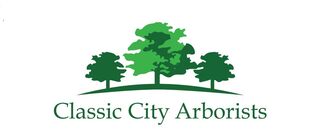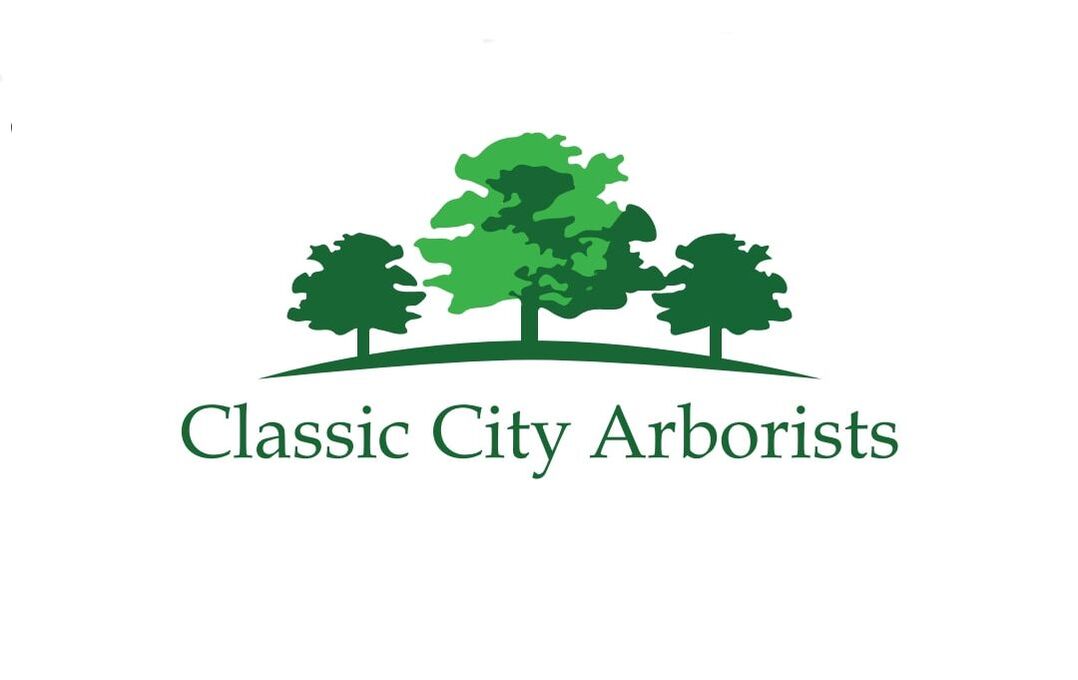|
News and Blog Articles
|
|
Taxodium distichum, more commonly known as the bald cypress, is a native staple to the deep South. These classic, pyramidal trees with the wide, buttressed bases are often found clustered together in large stands along coastal areas, bayous, marshes, and swamps. With their imposing limbs and wide trunks often draped with Spanish moss, they make for a haunting image – and for good reason! Bald cypress trees in the wild often grow well over 100 feet tall with trunks over 6 feet wide. The species is one of the oldest living in the world, with most mature trees well into their hundreds. These towering behemoths are perhaps best-known for the conical “cypress knees” (scientifically called pneumatophores) they grow in wet conditions. There’s plenty of speculation as to the function of these nodules that spring up from the roots, but science hasn’t yet identified any one definite purpose. One common theory is that these protrusions provide structural stability in waterlogged swamplands. Another theory purports that they might help channel oxygen to the root system. Though native to the wetlands, bald cypress trees actually grow quite successfully in more urban settings, easily adapting to both wet and dry conditions. A highly tolerant species, they can adjust to most any soil type and are generally unbothered by air pollution and short flooding. Thanks to their low-maintenance lifespan and quick growth rate of 1 to 2 feet a year, bald cypresses are a popular landscaping choice for street trees and parking lot fixtures. This flexibility also allows them to be grown by homeowners, where they offer lightly dappled shade. The only upkeep is the occasional pruning of dead, dying, or damaged limbs. You’ll also want to ensure full-sun exposure, or about 6 hours of direct sunlight each day – not hard to do in the South! If you do decide to add one of these beauties to your yard, it’s important to remember their massive size when picking a place to plant. Though they definitely won’t reach into the 100s of feet like they would naturally, domestically-grown bald cypresses still manage impressive heights of 50 to 70 feet, with a crown spread of up to 25 feet at maturity. The bald cypress is a conifer, or cone-bearing, species with needles for foliage rather than leaves. These needles grow in pairs along slender branches and can vary in color, straying to the yellow-green end of the spectrum in spring and changing to reddish- and orangish-browns in the fall. As one of only five deciduous conifer species, bald cypresses shed their needles in the fall. But don’t worry – their gray-brown bark exfoliates in long vertical strips, giving those bare trunks an attractive mottled appearance. This loss of needles is popularly assumed to be the origin of the common name. They go bald in the fall, hence “bald cypress.” Despite this theory, there is no historical record indicating where the name came from. The cones of the bald cypress are much smaller than the pinecones you’re used to seeing, and are generally only about an inch in length. They start out green in the summer, and then fade to brown before they fall, where local wildlife eats the tiny triangular seeds they house. AuthorEmily Casuccio is sister and sister-in-law to Rebekah and Scott Rushing, and has over half a decade of experience in copywriting, copyediting, proofreading, and developmental storyboarding. She's worked with both published and undiscovered authors on both fiction and nonfiction, and takes pride in supporting local businesses. Her passion lies in the written word and helping authors of all capacities realize their dreams and achieve their fullest potential. To learn more about her, read samples of her work, or contact her, visit her online portfolio.
0 Comments
Your comment will be posted after it is approved.
Leave a Reply. |
Categories
All
Archives
January 2023
|
|
23 Whatever you do, work at it with all your heart, as working for the Lord, not for human masters,
24 since you know that you will receive an inheritance from the Lord as a reward. It is the Lord Christ you are serving.
Colossians 3:23-24
24 since you know that you will receive an inheritance from the Lord as a reward. It is the Lord Christ you are serving.
Colossians 3:23-24

